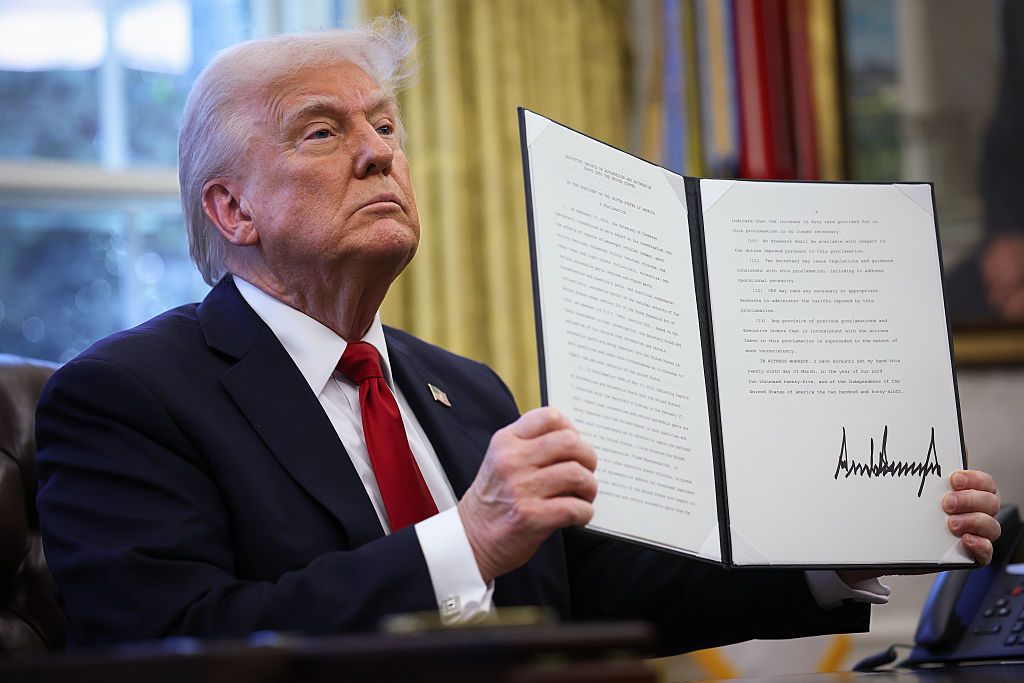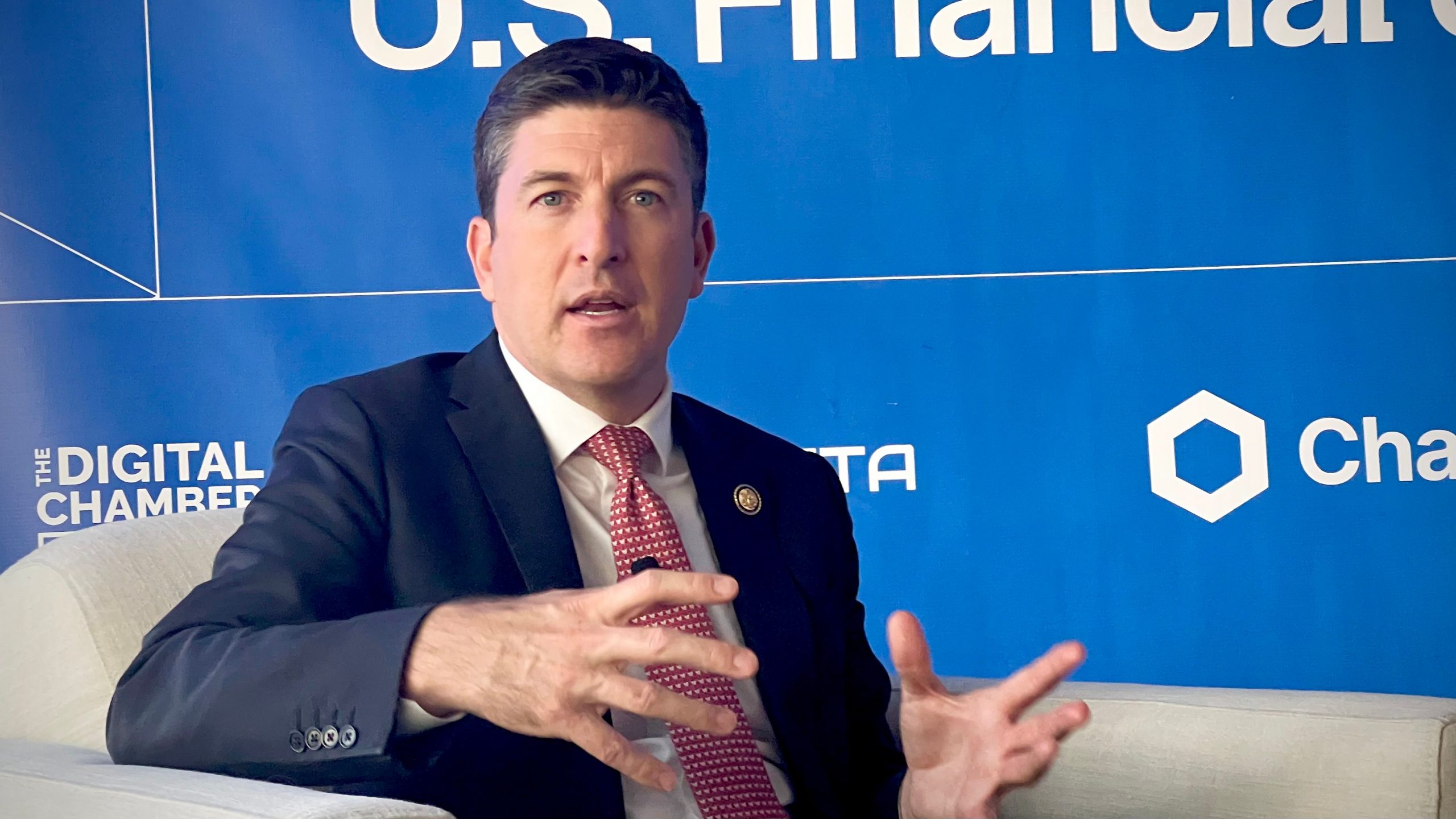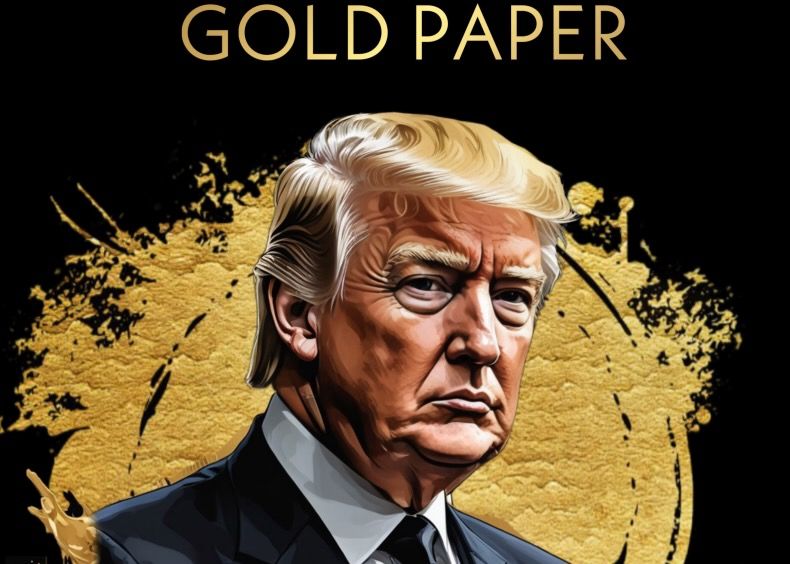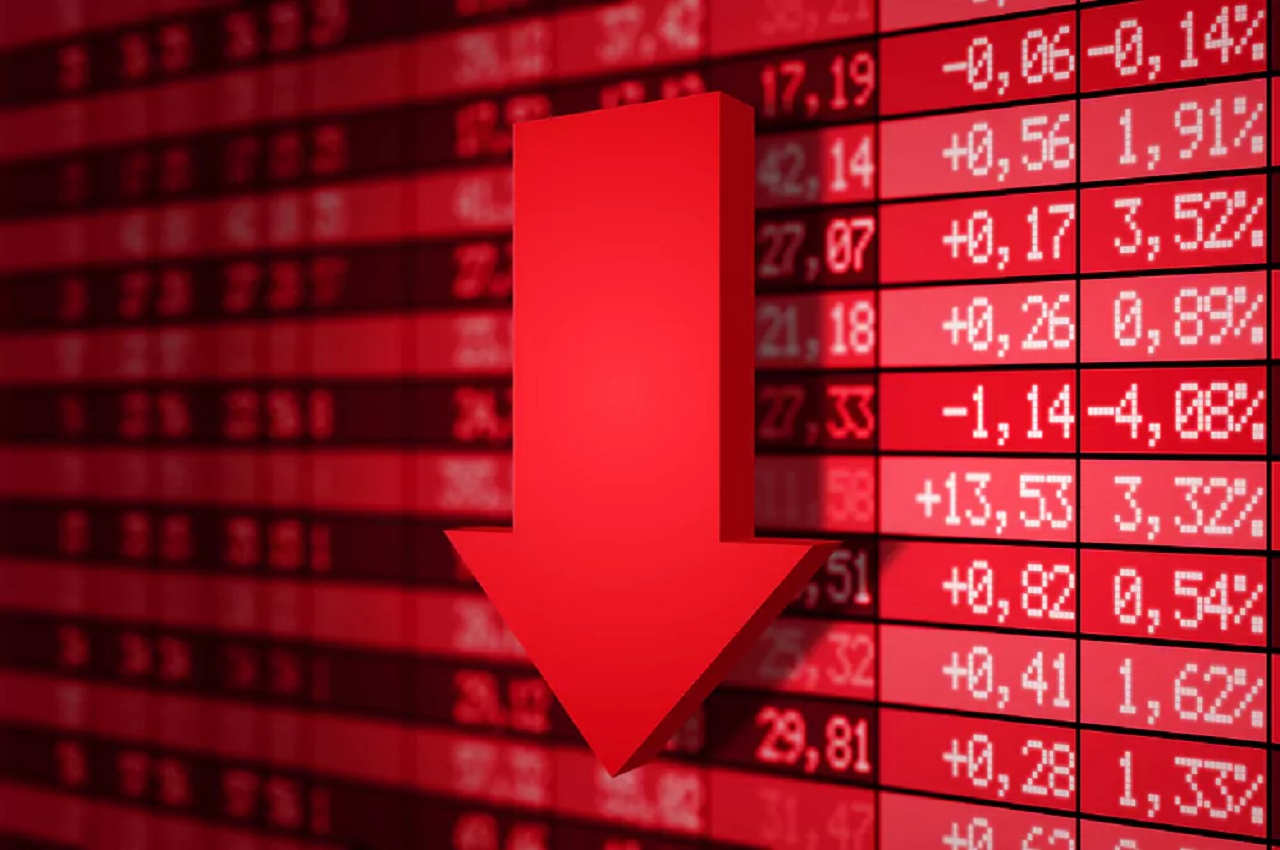Unexpected Trends in the Crypto Market Under the Trump Administration
As we analyze the current state of the crypto markets, it’s evident that they have not followed the anticipated trajectory under the Trump Administration. Many investors had high hopes that regulatory reforms and initiatives such as a Bitcoin Strategic Reserve would propel prices significantly higher. However, the reality has been quite the opposite. Bitcoin, which soared to impressive heights exceeding $100,000 at the beginning of the year, has since experienced a decline, settling in the mid-$80,000 range for most of March.
The downturn in crypto prices can be attributed to their increasing correlation with traditional financial assets like stocks and bonds. These markets have faced challenges due to ongoing macroeconomic uncertainties. The tariffs imposed by the United States on imports from various countries have raised concerns on Wall Street about a potential global recession. Consequently, crypto investors have become wary of engaging with crypto assets, which are perceived as relatively risky in this climate.
“This is all about markets’ ‘risk appetite’ which continues to deteriorate, and for the time being drives a wedge between crypto assets and gold, which continues to be the ‘safe haven’ of choice,” commented Marc Ostwald, Chief Economist & Global Strategist at ADM Investor Services International. He further noted that this trend is largely influenced by central bank foreign exchange reserve managers who are looking to minimize their exposure to the U.S. dollar, a longstanding concern.
As the global financial and trade landscape becomes increasingly fragmented, investors are actively seeking alternatives to riskier assets, including the dollar. Currently, this has resulted in a shift towards gold, which has appreciated by 18% year-to-date. However, the tides may turn, according to Omid Malekan, an adjunct professor at Columbia Business School and the author of The Story of the Blockchain: A Beginner’s Guide to the Technology That Nobody Understands. He posits that Bitcoin could soon emerge as a viable alternative to gold.
“I think the entire future is uncertain and in some ways unknowable, because there are many crosscurrents and both crypto and tariffs are new,” Malekan stated. He explained that while some analysts view crypto merely as a high-risk tech asset that would be negatively impacted by tariffs, others see Bitcoin establishing itself as ‘digital gold’—particularly in light of the recent surge in physical gold prices due to tariff news. “So which will it be?” he pondered.
This uncertainty suggests that economic fluctuations could drive investors toward Bitcoin in a manner similar to their recent flight to gold. On a more optimistic note, some experts believe that the impact of tariffs on crypto might already be “priced in,” indicating that the worst could be behind us. Zach Pandl, head of research at Grayscale, a leading crypto asset management firm, shared this perspective.
President Trump is set to unveil U.S. tariffs on Wednesday, April 2, at 4 p.m. ET—an event dubbed “Liberation Day.” Reports indicate that he will outline “reciprocal tariffs” against 15 nations that have imposed tariffs on the U.S., including China, Canada, and Mexico. Pandl assesses that tariffs have so far deducted approximately 2% from economic growth this year. However, he believes that Liberation Day may signal the end of the market’s most painful period.
“If we see an announcement [on Wednesday] that is tough but phased and focused on the 15 countries they seem to be targeting, my expectation is that markets will rally on that news,” Pandl remarked during an interview with CoinDesk. He added, “Potentially once we get through this announcement, crypto markets can focus back on the fundamentals, which are very positive.”
Pandl also emphasized that significant announcements, such as Circle’s IPO, would not be occurring if institutions did not possess a strong degree of confidence in the digital assets sector and the surrounding policies. Furthermore, he, a former macro-economist at Goldman Sachs, believes that tariffs will likely diminish the dollar’s dominant role in the global market and pave the way for alternative currencies, including Bitcoin.
“I think tariffs will weaken the dominant role of the dollar and create space for competitors, including Bitcoin,” he asserted. Despite the short-term decline in prices, Pandl remains optimistic about Bitcoin’s potential, believing it will reach new all-time highs this year despite the prevailing negativity surrounding current prices. “I wouldn’t have left my Wall Street job if I didn’t believe Bitcoin would emerge as the winner in the long term,” he concluded.






